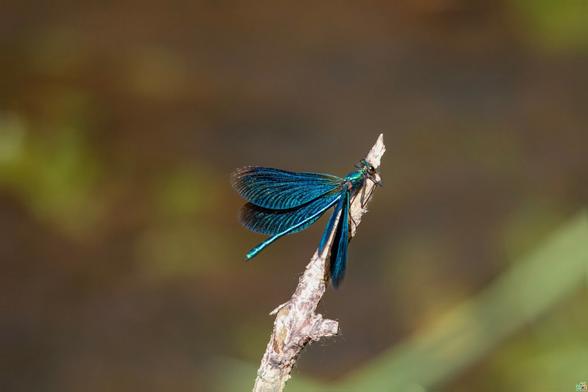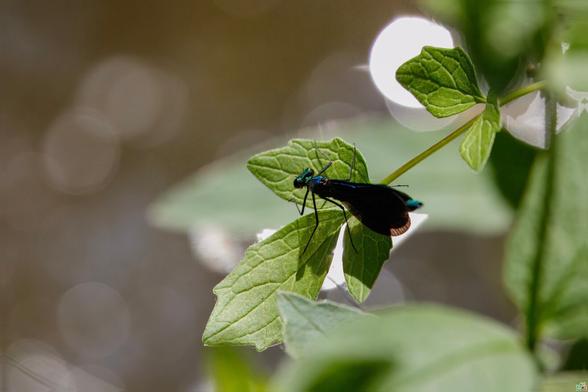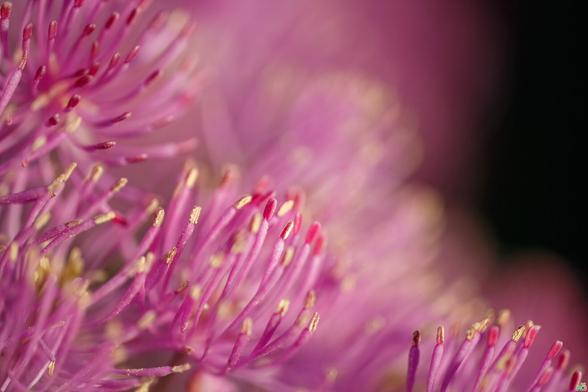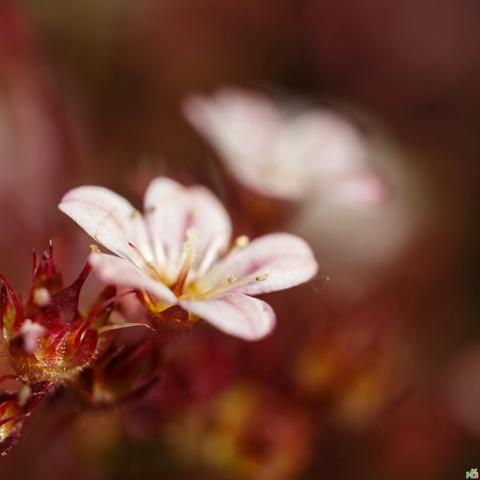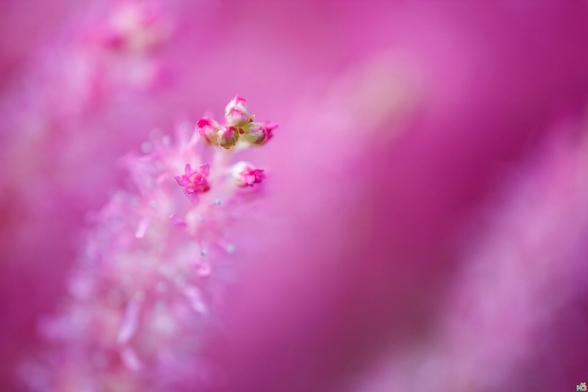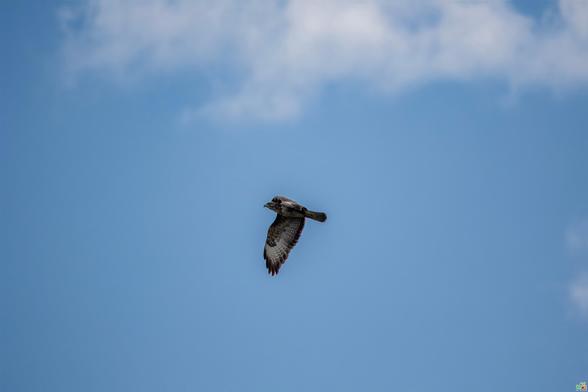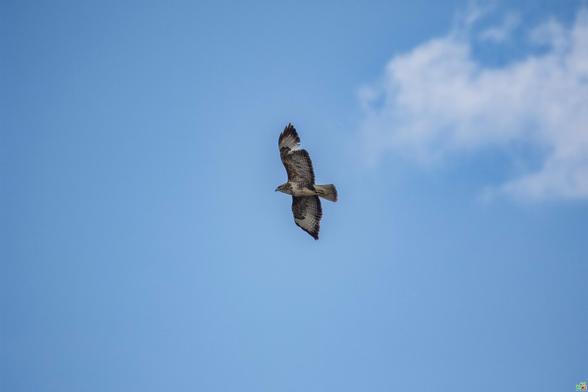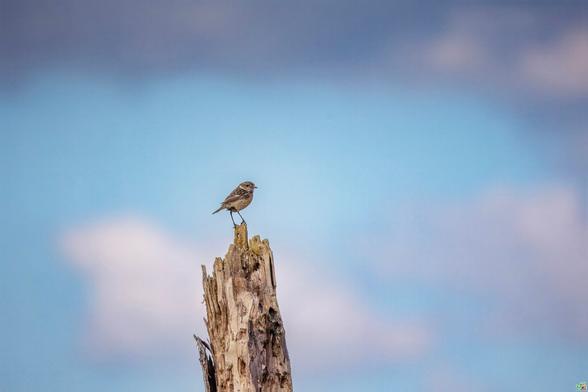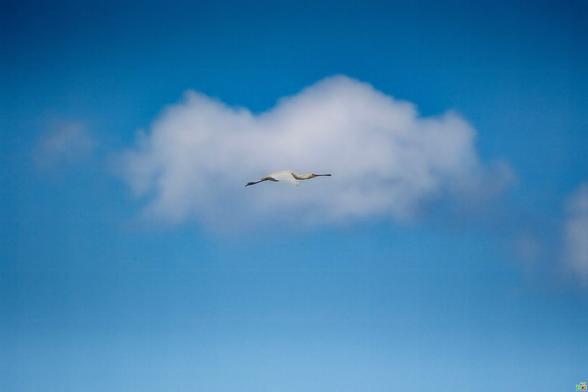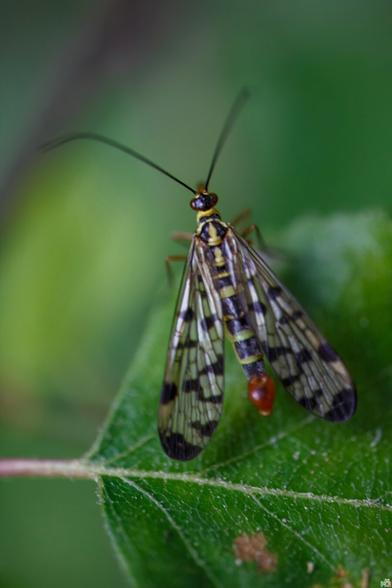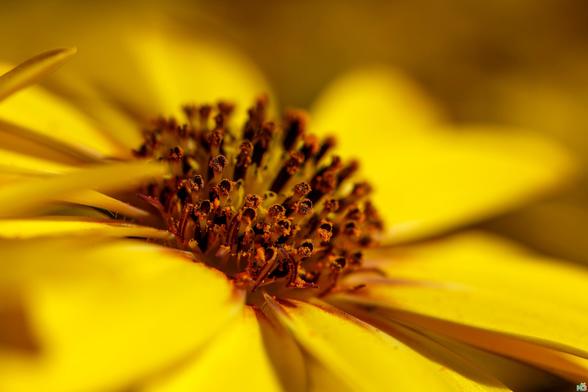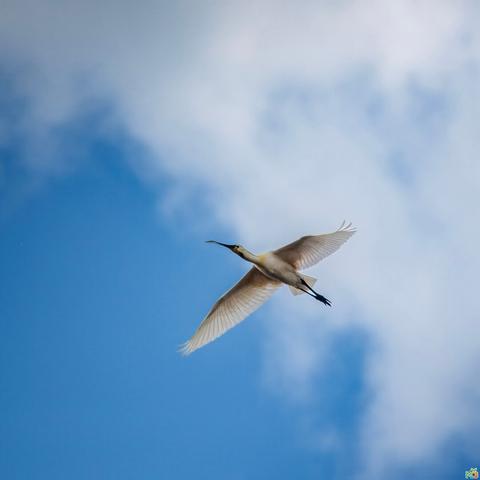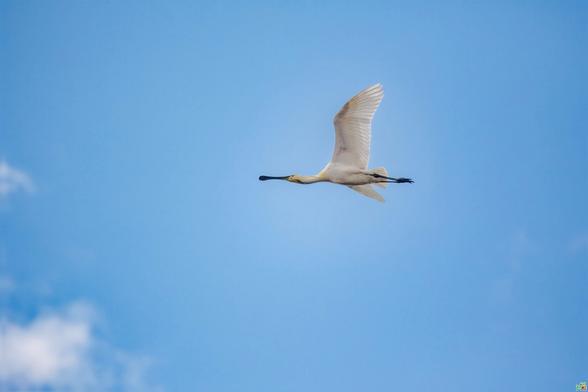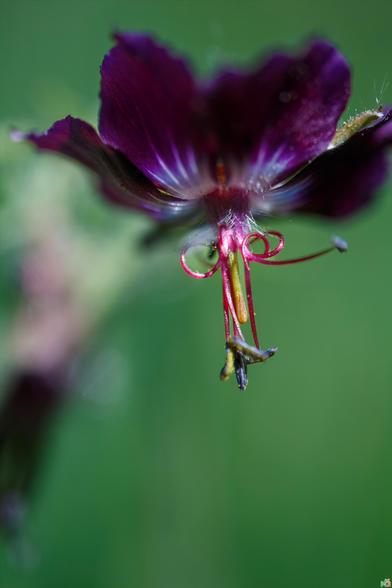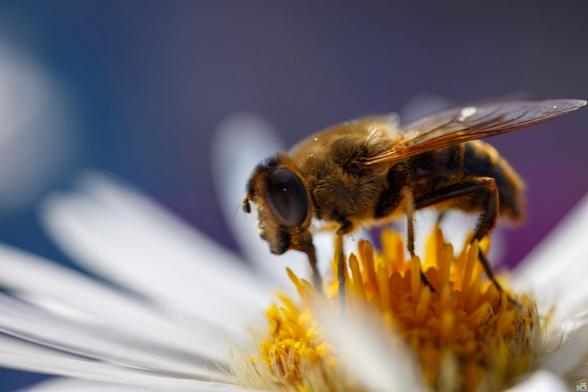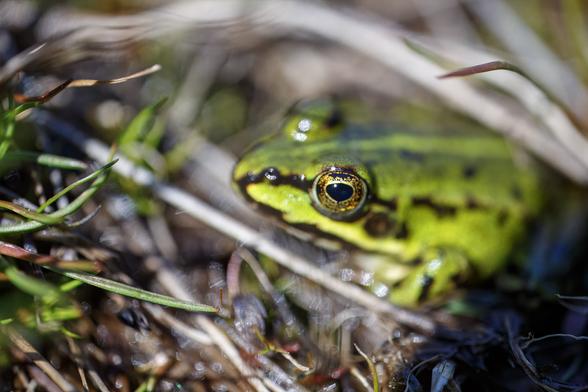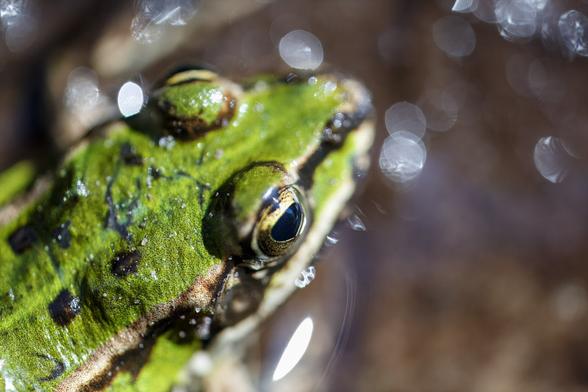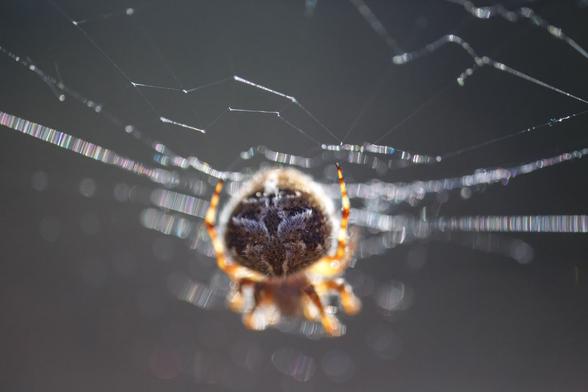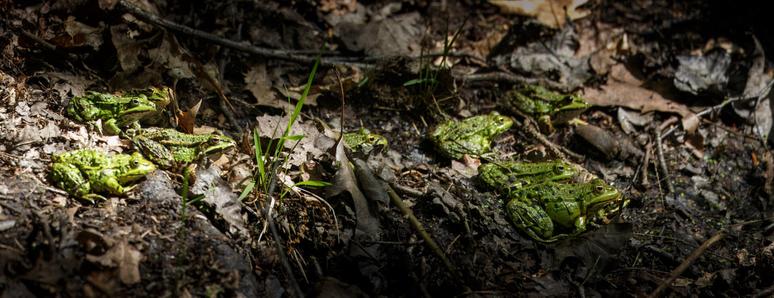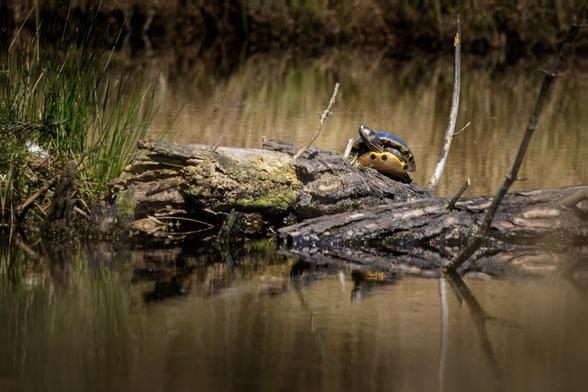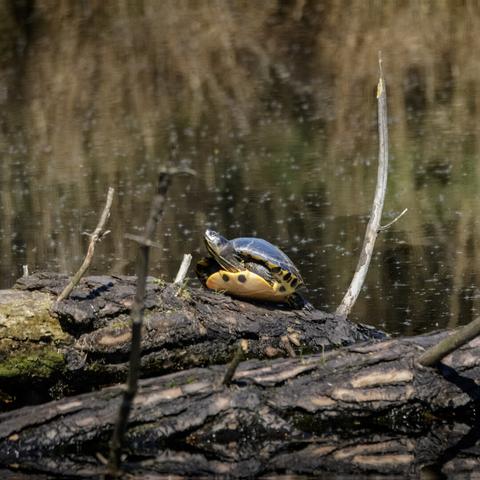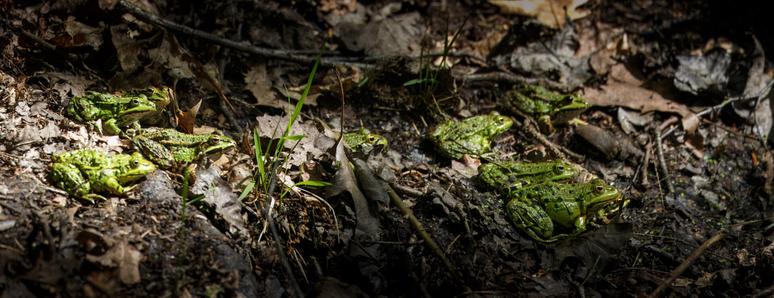Jewel of the Stream: The Beautiful Demoiselle in Kampina
While exploring the serene Kampina nature reserve near Oisterwijk, I encountered the enchanting Beautiful Demoiselle (Calopteryx virgo), or "bosbeekjuffer" in Dutch. This damselfly is renowned for its metallic blue-green body and shimmering wings, making it a captivating subject for nature enthusiasts.
The Beautiful Demoiselle thrives along unpolluted, fast-flowing streams with sandy or gravelly beds, often bordered by lush vegetation. Males are territorial, perching on bankside plants to defend their domain and attract females. Their presence indicates a healthy aquatic ecosystem, as they are sensitive to water quality and habitat changes.
Capturing this delicate insect with my Canon 7D Mark II and Sigma 100–400mm lens was a rewarding challenge. Its graceful flight and vibrant colors highlight the rich biodiversity of Kampina. Moments like these underscore the importance of preserving our natural habitats for future generations to appreciate.
#CalopteryxVirgo #Bosbeekjuffer #BeautifulDemoiselle #Damselfly #Odonata #MacroPhotography #Canon7DMarkII #Sigma100400mm #Kampina #Oisterwijk #NoordBrabant #NetherlandsNature #WildlifePhotography #NatureLovers #InsectPhotography #RiverLife #FreshwaterEcosystem #Biodiversity #Conservation #NaturePerfection #MacroNature #InsectMacro #FieldPhotography #NatureExploration #Dragonfly #DamselflyLove #NatureInDetail #WildlifeMacro #MacroWorld #InsectOfTheDay #NatureBrilliance #MacroMagic #CloseUpNature #InsectPerfection #NatureSpotlight #WildlifeInFocus #MacroBeauty #InsectEncounters #NaturePhotography #MacroShot #NatureHighlight
While exploring the serene Kampina nature reserve near Oisterwijk, I encountered the enchanting Beautiful Demoiselle (Calopteryx virgo), or "bosbeekjuffer" in Dutch. This damselfly is renowned for its metallic blue-green body and shimmering wings, making it a captivating subject for nature enthusiasts.
The Beautiful Demoiselle thrives along unpolluted, fast-flowing streams with sandy or gravelly beds, often bordered by lush vegetation. Males are territorial, perching on bankside plants to defend their domain and attract females. Their presence indicates a healthy aquatic ecosystem, as they are sensitive to water quality and habitat changes.
Capturing this delicate insect with my Canon 7D Mark II and Sigma 100–400mm lens was a rewarding challenge. Its graceful flight and vibrant colors highlight the rich biodiversity of Kampina. Moments like these underscore the importance of preserving our natural habitats for future generations to appreciate.
#CalopteryxVirgo #Bosbeekjuffer #BeautifulDemoiselle #Damselfly #Odonata #MacroPhotography #Canon7DMarkII #Sigma100400mm #Kampina #Oisterwijk #NoordBrabant #NetherlandsNature #WildlifePhotography #NatureLovers #InsectPhotography #RiverLife #FreshwaterEcosystem #Biodiversity #Conservation #NaturePerfection #MacroNature #InsectMacro #FieldPhotography #NatureExploration #Dragonfly #DamselflyLove #NatureInDetail #WildlifeMacro #MacroWorld #InsectOfTheDay #NatureBrilliance #MacroMagic #CloseUpNature #InsectPerfection #NatureSpotlight #WildlifeInFocus #MacroBeauty #InsectEncounters #NaturePhotography #MacroShot #NatureHighlight
